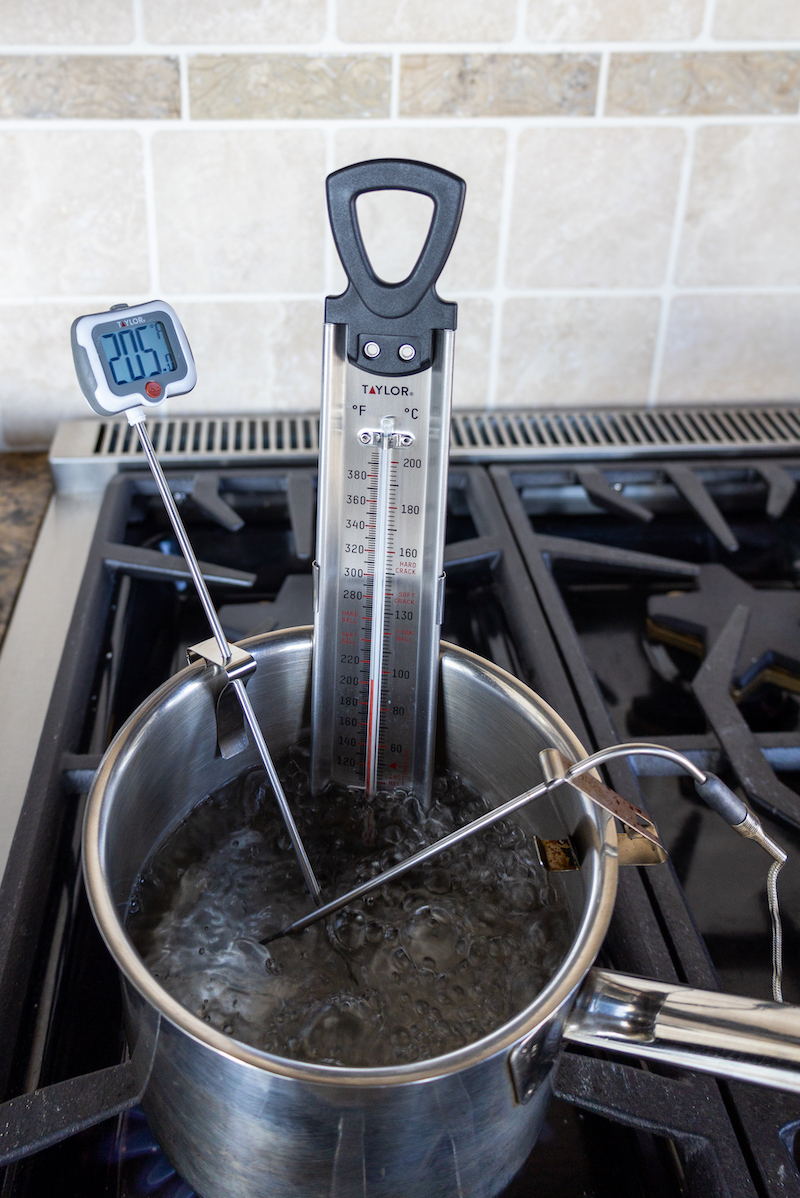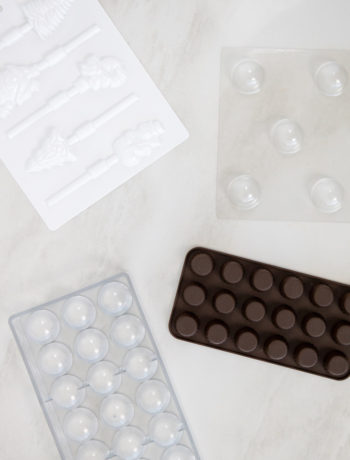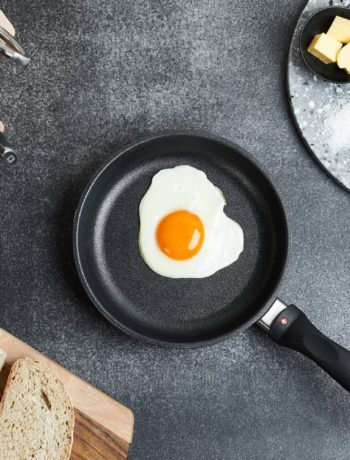Before striking out on your adventure in the art of candy making, there is one thing you need – an accurate thermometer. It can be tricky deciding on the right one because they come in all shapes, sizes, and applications. For candy making, you want a thermometer that can measure the contents of the pot without taking the reading directly from the surface or the bottom of the pot. You also want one that is long enough so you don’t burn yourself while taking temperatures or damage the inner workings of a digital device. We highly recommend the Wilton Candy Thermometer, Digital Candy/Deep Fry Thermometer, or the Chef Alarm Thermometer. But you can’t always trust the reading and testing a thermometer for accuracy is important before using it.
Once you have a thermometer, it is time to test it out and make sure it is accurate, especially for a process as delicate as candy making. Have you ever done this before? The method is pretty simple. You can test it in ice water and then test it in boiling water. Luckily elevation has minimal affects on water’s freezing point. But did you know that water boils at different temperatures depending on the elevation of where you live? At sea level it boils at 212℉ and for every 500 feet higher it boils at one degree less. So check your elevation and do some basic math. Our elevation in Salt Lake City is approximately 4,300 feet and so water in our area should come to a roiling boil at 204℉. Now you are ready to begin. Here are the steps to follow:
Steps for Testing a Thermometer in Ice Water
- Fill a tall cup with ice
- Cover the ice in the cup with cold water
- Insert the thermometer for 30 seconds making sure it is submerged without touching the sides or bottom of the glass
- Once the reading stabilizes, check the reading and confirm it is 32℉
Steps for Testing a Thermometer in Boiling Water
- Fill a medium pot with enough water to submerge the thermometer, but not boil over
- Turn the burner on to medium-high heat
- Allow the water to come to a high, rolling boil (water bubbling rapidly)
- Once the water is boiling, keep the heat on
- Insert the thermometer for 30 seconds making sure it is submerged at least 2” and isn’t touching the bottom or sides
- Check the reading and confirm it lines up with the correct temperature
If the thermometer indicates the right temperature for boiling water at your elevation, it is accurate. Hooray! You are ready to If the thermometer indicates the right temperature for ice water and for boiling water at your elevation, your thermometer is accurate. Hooray, you are ready to start! If the thermometer is only a few degrees off, that is ok too. Some thermometers allow you to calibrate the dial or adjust the sleeve to indicate the right temperature. For calibrating a digital thermometer you can follow directions from the manufacturer. Or, if you aren’t up for the process of calibrating, simply make note of that discrepancy and add or subtract to the final desired cooking temperature for your candy making project. However, if your thermometer is way off the mark, or constantly needs to be calibrated, it might just be time for a new thermometer.
Phew! You did it! Was testing a thermometer easier than you expected? What is next? Well, you will also want to be sure you adjust any recipes for the proper elevation too. Because the change means you will not need to cook your candy as long, or to as high of a temperature. Ideally, you can use the same method of subtracting one degree for every 500 feet above sea level. But as we know, the world isn’t always ideal and there is always going to be an exception to the rule. Getting the perfect result in candy making starts with an accurate thermometer, but there are still so many other things that need to go right and we can’t wait to walk you through some of our experiments in the kitchen. We can all learn together!
| Temperature Adjustments for Boiling Water | ||
| Altitude ft. (meters) | Boiling Point Fahrenheit | Boiling PointCelsius |
| 0 ft. (0 m.) | 212 ºF | 100 ºC |
| 500 ft. (152 m.) | 211 ºF | 99.5 ºC |
| 1000 ft (305 m.) | 210 ºF | 99 ºC |
| 1500 ft. (457 m.) | 209 ºF | 98.5 ºC |
| 2000 ft. (610 m.) | 208 ºF | 98 ºC |
| 2500 ft. (762 m.) | 207 ºF | 97.5 ºC |
| 3000 ft (914 m.) | 206 ºF | 97 ºC |
| 3500 ft. (1067 m.) | 205.5 ºF | 96 ºC |
| 4000 ft. (1219 m.) | 204 ºF | 95.5 ºC |
| 4500 ft. (1372 m.) | 203.5 ºF | 95 ºC |
| 5000 ft. (1524 m.) | 202 ºF | 94.5 ºC |
| 5500 ft. (1676 m.) | 201.5 ºF | 94 ºC |
| 6000 ft. (1829 m.) | 200.5 ºF | 93.5 ºC |
| 6500 ft. (1981 m.) | 199.5 ºF | 93 ºC |
| 7000 ft. (2134 m.) | 198.5 ºF | 92.5 ºC |
| 7500 ft. (2286 m.) | 198 ºF | 92 ºC |
| 8000 ft. (2438 m.) | 197 ºF | 91.5 ºC |
| 8500 ft. (2591 m.) | 196 ºF | 91 ºC |
| 9000 ft. (2743 m.) | 195 ºF | 90.5 ºC |
| 9500 ft. (2895 m.) | 194 ºF | 90 ºC |
| 10000 ft. (3048 m.) | 193 ºF | 89.5 ºC |



